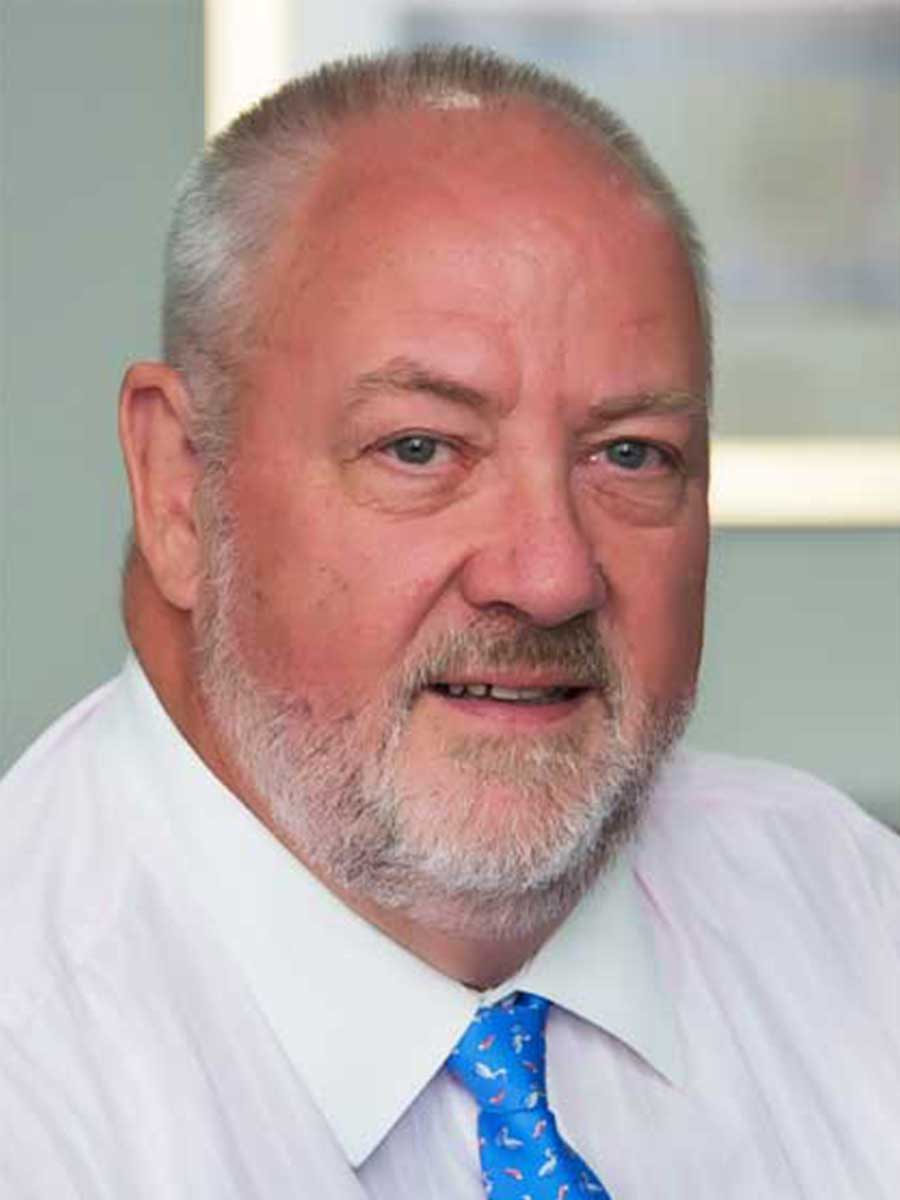It’s February and what a summer it’s been with success on the tennis court and the cricket pitch. Now that the kids are returning to school and we settle back into our ‘’new normal’’ routines, the new year begins in earnest.
January is normally a quiet month on the economic scene, but not this year. Inflation and speculation about rising interest rates dominated the month, sending global shares tumbling. US stocks fell 6% in January while Australian shares fell 7%. After US inflation hit a 40-year high of 7%, the US Federal Reserve is tipped to start lifting rates as early as March.
In Australia, inflation is sitting at 3.5%, while underlying inflation (which excludes volatile items) is at a 7-year high of 2.6%, within the Reserve Bank’s target range of 2-3%. The Reserve has said it won’t lift rates until 2024, or unemployment is near 4% (it fell to a 13-year low of 4.2% in December) and annual wages growth is close to 3% (currently 2.2%). While wages are going backwards in real terms, one third of a panel of 23 economists interviewed by The Conversation expect the Reserve to start lifting rates this year.
One of the big influences on inflation is oil prices, with crude oil near 7-year highs. Brent Crude jumped 15% in January and 65% over the year to US$90.94 a barrel. Aussie motorists paid record prices for unleaded petrol in January, with a national average price of 170.4c a litre.
The ANZ-Roy Morgan consumer confidence index fell 8 points to 100.1 points in January, while the NAB business confidence survey fell to a 19-month low of -12.4 points in December on the back of COVID-induces supply chain issues and labour shortages.
The Aussie dollar fell US2.5c in January to close at US70c as the greenback strengthened on rate rise speculation.

Market movements & review video – February 2022
Stay up to date with what’s happened in Australian markets over the past month.
January is normally a quiet month on the economic scene, but not this year. Inflation and speculation about rising interest rates dominated the month, sending global shares tumbling.
Please get in touch if you’d like assistance with your personal financial situation.

Easing into retirement
As the nation drifts back to work after the summer break, it’s often a time to start putting your New Year’s resolutions into practice. For some, an extended holiday may have convinced you that you are ready for more of the good life and that it’s time to retire.
In the past, that would have meant leaving work for good. These days, retirement is far more fluid.
You might simply want to wind back your working hours. Or you may want to leave your full-time job but keep your career ticking over with part-time or consulting work. Others may dream of leaving the nine to five to run a B&B or buy a hobby farm.
Changing retirement patterns
There are already signs that people’s retirement plans are changing.
In 2019, the average retirement age for current retirees was 55 (59 for men and 52 for womeni), but the age that people currently aged 45 intend to retire has increased to 64 for women and 65 for men.ii
There are many reasons for this gap between intentions and reality. Only 46 per cent of recent retirees said they left their last job because they reached retirement age or were eligible to access their super. Many retired due to illness, injury or disability, while others were retrenched or unable to find work.iii
Retired women were also more likely than men to retire to care for others. But for people who can choose the timing of their retirement, there can be good reasons for delay.
Reasons for delaying retirement
As the Age Pension age increases gradually from 65 to 67, anyone who expects to rely on a full or part pension needs to work a little longer than previous generations.
We’re also living longer. A man aged 65 today can expect to live another 20 years on average while a woman can expect to live another 22 years.iv So, the longer we can keep working the further our retirement savings will stretch.
And then there’s COVID. If you lost your job or your hours were reduced during the pandemic, you may need to work a little longer to rebuild your savings. Even if you kept your job, you couldn’t go anywhere so you may have postponed your retirement plans. But now the COVID fog is lifting, retirement may be back on the agenda.
Whatever shape your dream retirement takes, you will need to work out how much it will cost and if you have sufficient savings.
Sourcing your retirement income
If you plan to retire this year, you will need to be 66 and six months and pass assets and income tests to apply for the Age Pension. But you don’t have to wait that long to access your super.
Generally, you can tap into your super once you reach your preservation age (between age 55 and 60 depending on the year you were born) and meet a condition of release such as retirement. From age 65 you can withdraw your super even if you continue working full time.
But super can also help you transition into retirement, without giving up work entirely.
Transition to retirement
If you’re unsure whether you will enjoy retirement or find enough to do to fill your days, it can make sense to ease into it by cutting back your working hours. One way of making this work financially is to start a transition to retirement (TTR) pension with some of your super.
Most super funds offer TTR pensions, or you can start one from your self-managed super fund (SMSF). But there are some rules:
- You must have reached your preservation age
- Money can only be withdrawn as an income stream, not a lump sum
- There is a minimum annual withdrawal
- The maximum annual withdrawal is 10 per cent of your TTR account balance
- Income is tax-free if you are aged 60 or older; if you’re 55-59 you may pay tax on the TTR income, but you receive a tax offset of 15 per cent.
One of the benefits of this strategy is that while you continue working you will receive Super Guarantee payments from your employer. A downside is that you will potentially have less super in total when you finally retire.
Retirement is no longer a fixed date in time, with far more flexibility to mix work and play as you make the transition. If you would like to discuss your retirement options and how to finance them, give us a call.
ii https://newsroom.kpmg.com.au/will-retire-data-tells-story/
iv https://www.aihw.gov.au/reports/life-expectancy-death/deaths-in-australia/contents/life-expectancy

Tree change or sea change on the horizon?
Australians are leaving capital cities in droves in a phenomenon being referred to as ‘The Great Relocation’. However, there’s a lot to consider beyond the obvious appeal of waking up to the laughter of kookaburras or enjoying a long walk on the beach.
The terms ‘sea change’ or ‘tree change’ have been around for a while to describe those who decide to make a move from the city or suburbs to a more rural lifestyle.
The pandemic has been responsible for heightening this trend due to frustration with lockdowns and people spending more time at home and in their local area than usual, leading them to reassess their lifestyles and where they would prefer to live. Of course, greater work flexibility as measures were put in place to manage the pandemic, have also been a driving force in the exodus to the regions.
Moving to the regions
There is a long-held belief that the sea change/tree change phenomenon is largely confined to baby boomers or those at or nearing retirement, which is incorrect – as early as the mid-2000s, nearly 80% of people changing from city to regional areas have been under the age of 50.i
Geographically Sydney and Melbourne recorded large net losses of people through 2020 and early 2021, regions within an hour of those major centres recorded the strongest growth.ii However, statistics show that the population grew in all major regional cities, reversing a 20-year decline in regional Australia’s share of national population growth.iii
The attraction of lifestyle
The reasons for many Australians turning their backs on the big smoke are predominately lifestyle. Those making the break are attracted by the lure of a slower, less hectic life, proximity to the great outdoors, a sense of community made possible by life in a smaller town and last but by no means least, cheaper property prices than those in the big cities.
Things to consider
If the idea of a move to the sea or a rural town is increasingly attractive, it’s important to also consider the potential challenges you may face. For those leaving friends and family behind, there is often a sense of isolation in being far from those you care about, and it can take some time to make new friends and adjust to life in a new community.
It’s also important to consider how the infrastructure in rural areas differs from where you are moving from. If you have children, will you have access to good schools close by? If you are looking to retire, will you have access to the necessary medical facilities as you age? It may also be a good idea to consider local economic forces and job opportunities.
Don’t be hasty!
A knee-jerk decision brought on by a holiday stay in the area under idyllic summer conditions, can be fraught with danger. It’s a good idea to rent in the area or visit regularly over a longer period of time to gauge whether it will be the right fit. If you get it wrong, it can be a stressful and expensive exercise.
According to analyst Mark McCrindle, a sea change or tree change doesn’t work out for one in five people who attempt it, which reinforces the need to do your homework.iv “People make a decision because they think it’s going to work for them financially or it’s going to be less pressure, less commute time and a nicer lifestyle,” McCrindle says. “But sometimes they find some of these regional areas are too small or too quiet.”
The main thing is to not be swept away by emotion, think about what you value and what you are looking for, and weigh up the pros and cons so that if you make the move it will result in the positive change you are seeking.
i, ii, iv https://www.corelogic.com.au/resources/tree-change-sea-change-what-you-need-know-generate-leads
iii https://www.abc.net.au/news/2021-11-18/migration-to-regional-australia-at-record-levels/100628278
Authorised Representative | Professional Wealth Services Pty Ltd | PWS ABN: 58 174 609 776 | AFS Licence Number 312047 This advice may not be suitable to you because it contains general advice that has not been tailored to your personal circumstances. Please seek personal financial advice prior to acting on this information. Investment Performance: Past performance is not a reliable guide to future returns as future returns may differ from and be more or less volatile than past returns.























